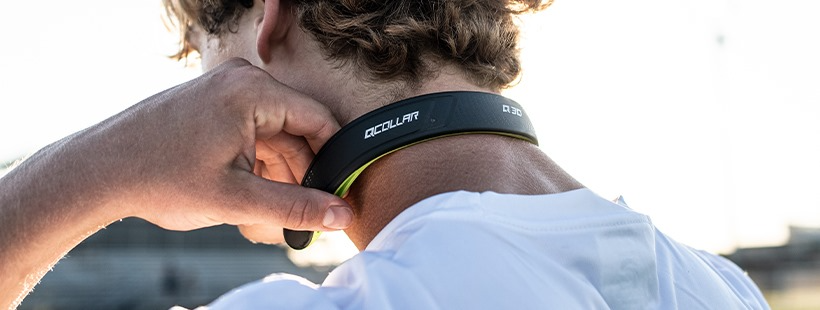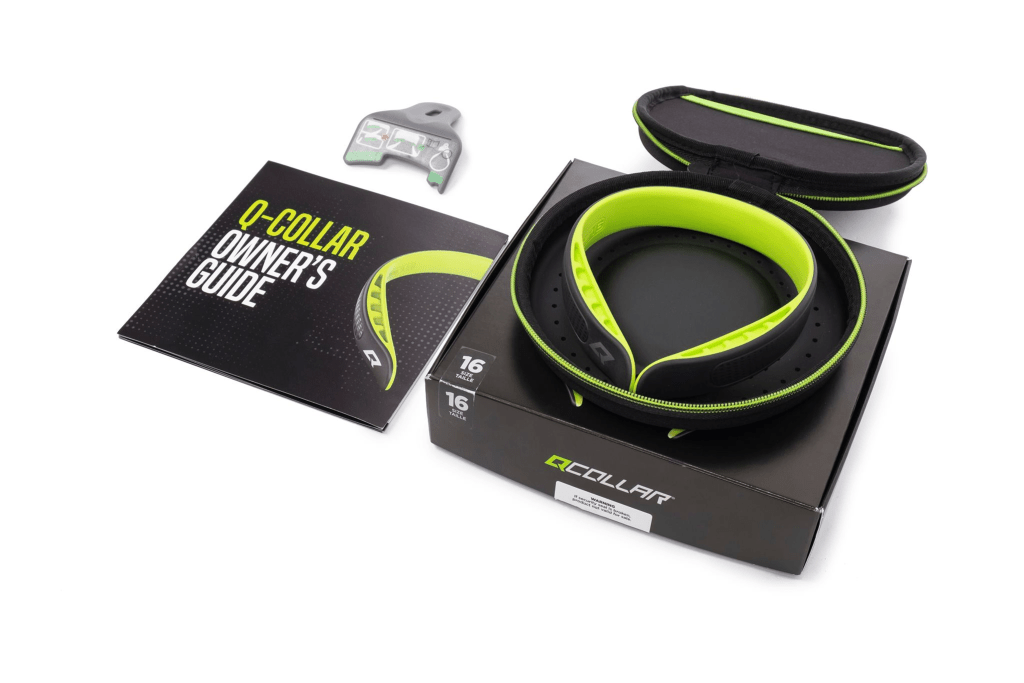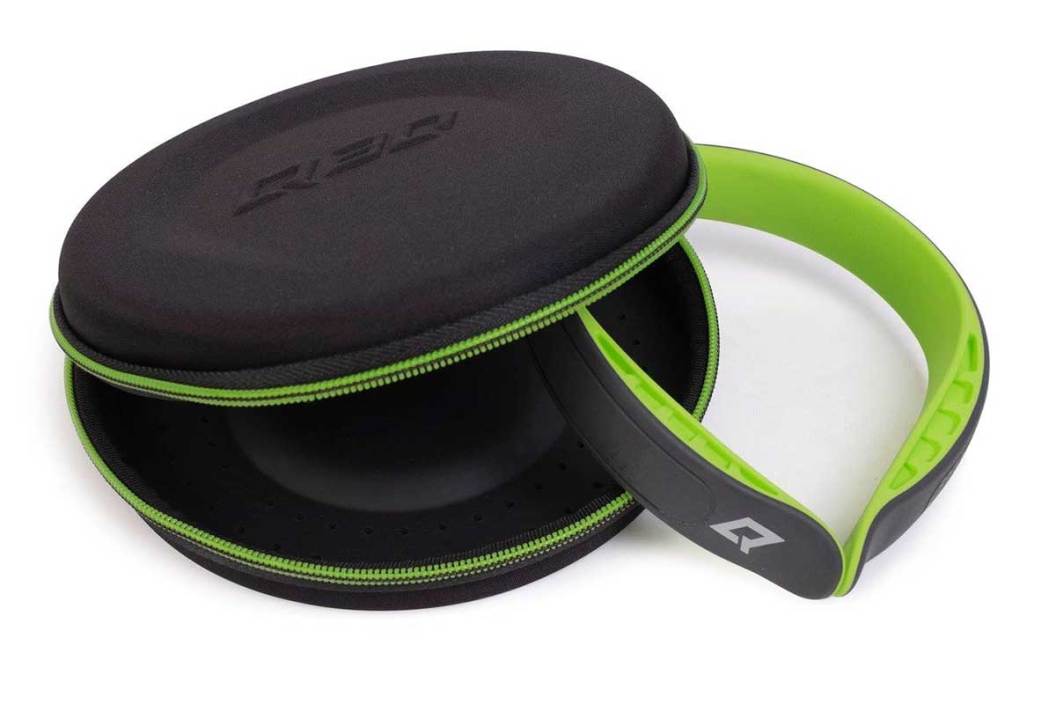This innovative piece of tech worn by pro athletes and military elites can also protect hunters in the field.
Ever suffered a splitting headache after sighting in your firearm or filling your waterfowl limit? Jarring gunfire doesn't just cause temporary discomfort. Over time, repeated impact can result in serious structural changes to the brain.
Similarly, athletes who experience repeated head impact and military personnel who experience blast waves can face long term damage and traumatic brain injury (TBI).
The CDC estimates between 1.6 and 3.8 million recreation and sports related brain injuries occur in the United States each year, and the Defense and Veterans Brain Injury Center reports more than 333,000 American service members have been diagnosed with brain injuries since 2000. The effects of such injuries can be devastating, debilitating, and career ending.
That's why the Q30 Innovations team created the Q-Collar.
How the Q-Collar Works

Q Collar
While helmets provide some protection from the outside, they can't prevent the "brain slosh" that occurs inside the skull. The doctors behind the Q-Collar discovered a way to address the limitations of external protection and find a solution that works within the body.
Worn around the neck, the Q-Collar is a lightweight C-shaped band that applies light pressure to the muscles surrounding the jugular veins. This causes a temporary increase in blood volume within the head and subsequently minimizes brain movement in the skull — essentially cushioning the brain during impact. It prevents the twisting and tearing of neurons, which ultimately leads to TBI.
Since prototype development, the Q-Collar has undergone more than 25 laboratory and clinical studies with over 1,000 participants, and the results have been overwhelmingly positive. In animals, it reduced damage to brain neurons and axons by more than 80 percent.
Last February, the Q-Collar received FDA clearance as protective equipment for athletes ages 13 and up. The government agency reported athletes not wearing the Q-Collar were three times more likely to experience significant brain tissue changes due to repetitive head impacts (RHI) than those wearing one.
And the pros agree. Retired Carolina Panthers linebacker Luke Kuechly — who also happens to be an avid angler and hunter — wore the Q-Collar for his last three NFL seasons following three concussions in as many years.
While Kuechly couldn't divulge much back then because the technology was still under testing, he recently compared the Q-Collar to his mouthpiece and shoulder pads — a critical piece of protective equipment. He rarely took it off and believes it gave him a competitive edge.
Q-Collar for Hunters & Outdoorsmen
While the Q-Collar was originally developed with athletes, military, and law enforcement in mind, surfers, skiers, backcountry bikers, and even hunters can benefit from the brain protecting technology as well.
Long days zeroing in your rifle at the range, shouldering a shotgun aimed at upland birds, and hoofing it at high elevation can do a number on hunters. And years of repeated impact? That's a recipe for the same type of RHI issues professional athletes and career military members face.
Fortunately, there's a strong case for the Q-Collar to protect the brain in this application as well.
Beyond the FDA-recognized brain protection, anecdotal evidence suggests it can provide additional benefits such as shooting accuracy for longer periods, hearing protection, reduced headaches, enhanced focus, and even altitude sickness prevention. This equates to only improved health in the long run but more effective, ethical performance every time the Q-Collar is around your neck.
Firsthand Experience with the Q-Collar

Q Collar
Heading into spring gobbler season and perfect range day weather, I got my very own Q-Collar to test out. After a quick measurement around the middle of my neck, I was able to match up my number to the correct Q-Collar size.
The Q-Collar arrives in a convenient travel case with a Fit Check Tool to ensure you received the correct size — too big or too small, and it won't hug your neck correctly for you to reap the benefits.
It felt a little strange when I first slid it around my neck, but I forgot I was wearing it within a few minutes. An hour of recoil and echoing gunfire later, I felt great with no ringing in the ears or headache. I'll definitely be sporting my Q-Collar next time I head into the woods too.
Even when every ounce counts, this lightweight, potentially life changing piece is barely noticeable. If kids can chase a soccer ball around in 80-degree temps or SWAT officers can add to their robust gear setups, surely it won't weigh you down.
The Q-Collar could be a great investment for any hunter or outdoorsman, but especially for youth hunters who have decades of action ahead of them.
Made in the United States, the Q-Collar is completely waterproof. You should still wear other necessary protective equipment, such as helmets or hearing protection, for your chosen activity along with the Q-Collar.
While individuals with certain conditions should refrain from using the Q-Collar, no adverse side effects have been reported from proper use. You can learn more and purchase your own Q-Collar for $199 at QCollar.com.




